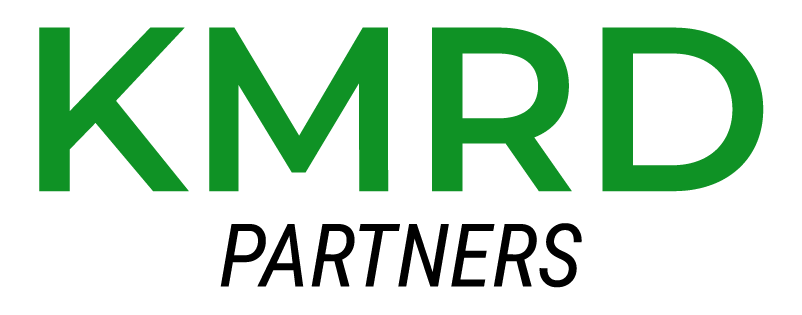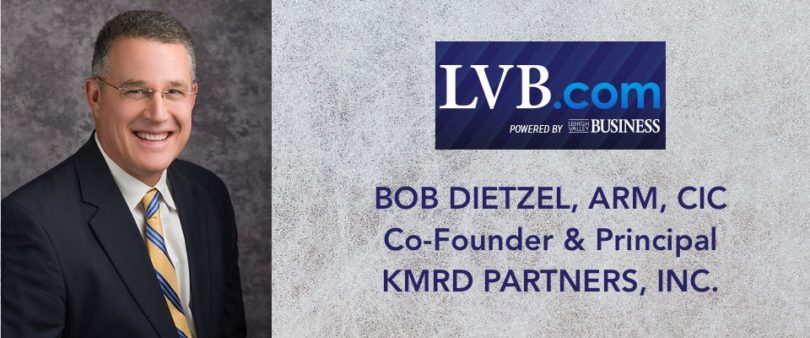Picking the Best General Liability Policy for Your Business
The best general liability policy protects your business assets by transferring risk from your organization to an insurance underwriter.
The underwriter will pay for obligations incurred if someone gets hurt on your property, by your product or when anyone employed by your business causes property damage or injury.
General liability insurance also covers legal defense costs and any settlement or award if your business is successfully sued and the claim is valid.
To choose the best general liability policy for your business, follow these five steps to secure the right coverage at a reasonable cost while minimizing business risks.
STEP 1 – CHOOSE A TRUSTED INSURANCE BROKER
Since your broker will be responsible for bringing your risk to market, he or she must enjoy solid relationships with multiple stable underwriters.
A broker who has earned your trust will put you and your business first by helping to find policies matching your real business needs while developing the most comprehensive and competitive insurance program – and ultimately helping you to design the best general liability policy available.
This broker will develop a strategy and market your business to insurance carriers based upon a high level of detail and knowledge, enabling carriers to provide broad coverage and prices at a competitive price.
STEP 2 – ANALYZE YOUR BUSINESS RISKS
Insurance underwriters determine the level of risk they will accept when issuing your policy, after reviewing your application and determining whether it will provide all or a portion of the coverage being requested. As a result, it is critical your broker understands all of your business risks.
Each insurance policy includes a premium and deductible. A premium is the price you pay for coverage.
Premiums vary and depend on a number of risk factors, including business location, building type, local fire protection services and the amount of insurance you buy.
A deductible is the amount of money the insured agrees to pay when a claim is filed. Generally, the higher the deductible, the lower the premium. However, by agreeing to assume a higher deductible, the insured assumes increased financial risk.
<STEP 3 – READ THE ENTIRE INSURANCE POLICY
It is surprising how often the insured and/or broker skip this important step. It is only by reading through the entire policy you and your broker can fully understand the extent of coverages.
Going back to the first step, choose a trusted broker who puts your business first.
Because some brokers build business based on volume transactions, they will save time by not reading in detail every policy they sell. This is perilous, as each insurance policy is a contract between the insured and the underwriter outlining the limits of coverage.
Know these limits before an event occurs, and coverage limits are locked in.
STEP 4 – WHAT IS A BUSINESS OWNER’S POLICY?
Insurance can be bought a la carte or in a package called a business owner’s policy.
While buying separate policies from different insurers may result in higher total premiums, a BOP combines typical coverage options into a standard package. The BOP may be offered at a premium less than if each type of coverage was bought separately.
Typically, BOPs include property, general liability, vehicular, business interruption and other types of coverage common to most businesses.
BOPs can simplify the buying process and cost less. However, take note of the extent of coverage in any BOP because not every type of insurance is included.
If your business has unique risks, you may require additional coverage.
STEP 5 – ANNUALLY REVIEW YOUR INSURANCE COVERAGE
As your business expands and changes with new products and services, so can your liabilities.
Coverage should expand and change along with these liabilities, or else you could be underinsured in the event of a claim.
Contact your broker to discuss changes in your business and how they affect coverage anytime you buy, upgrade or replace equipment, alter your product mix, add or change suppliers, expand operations or add practices.




